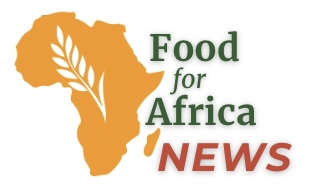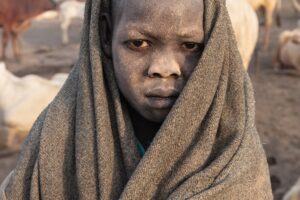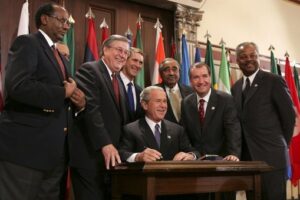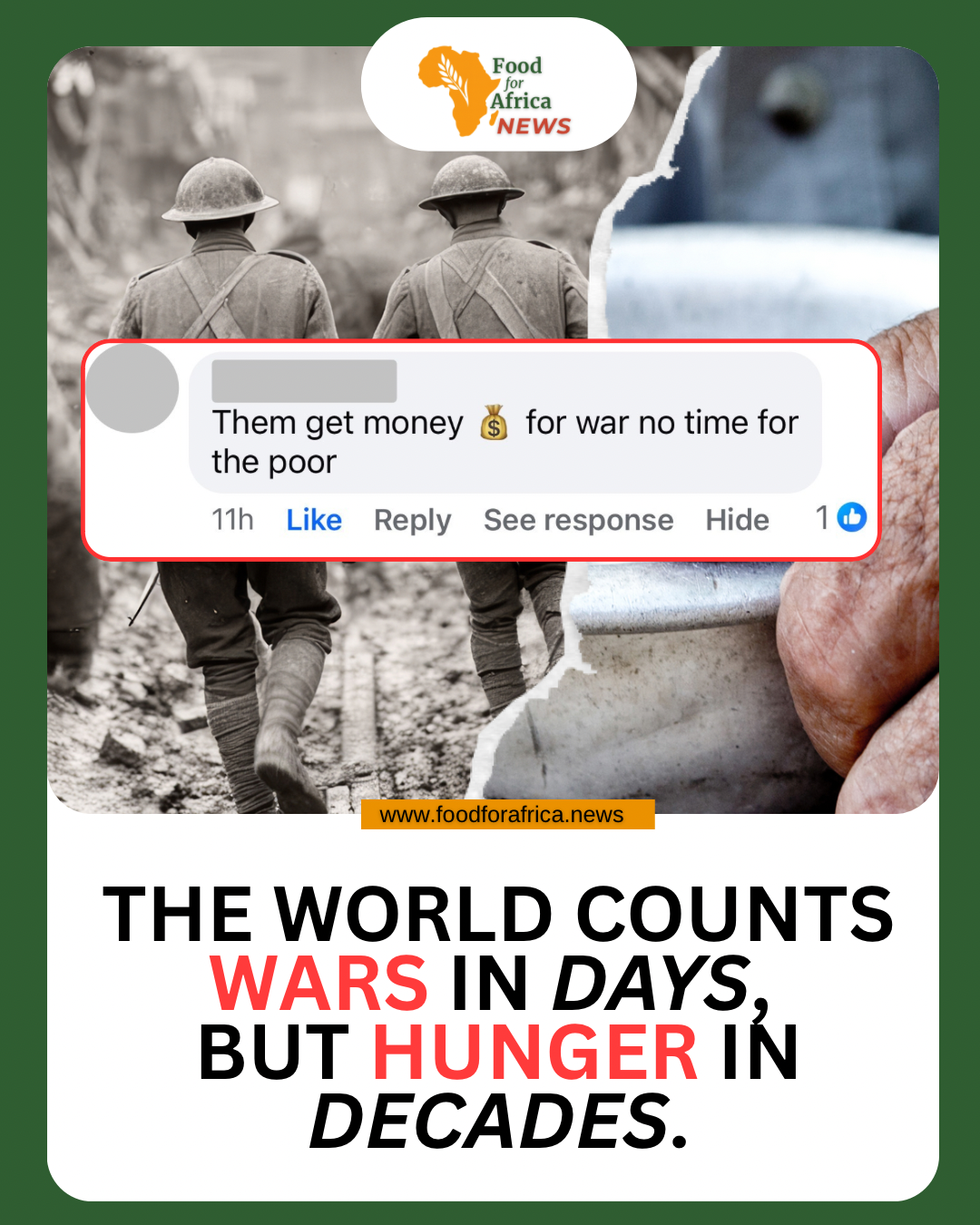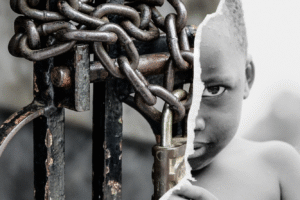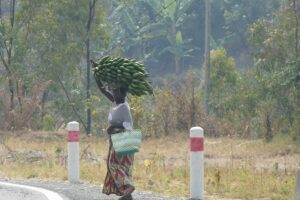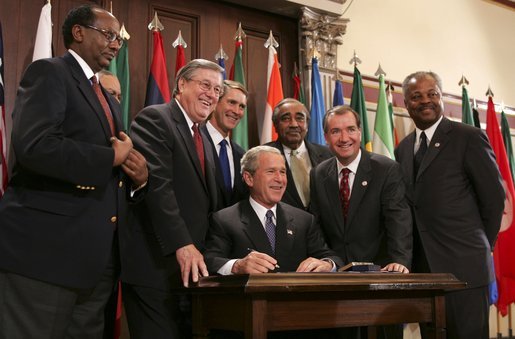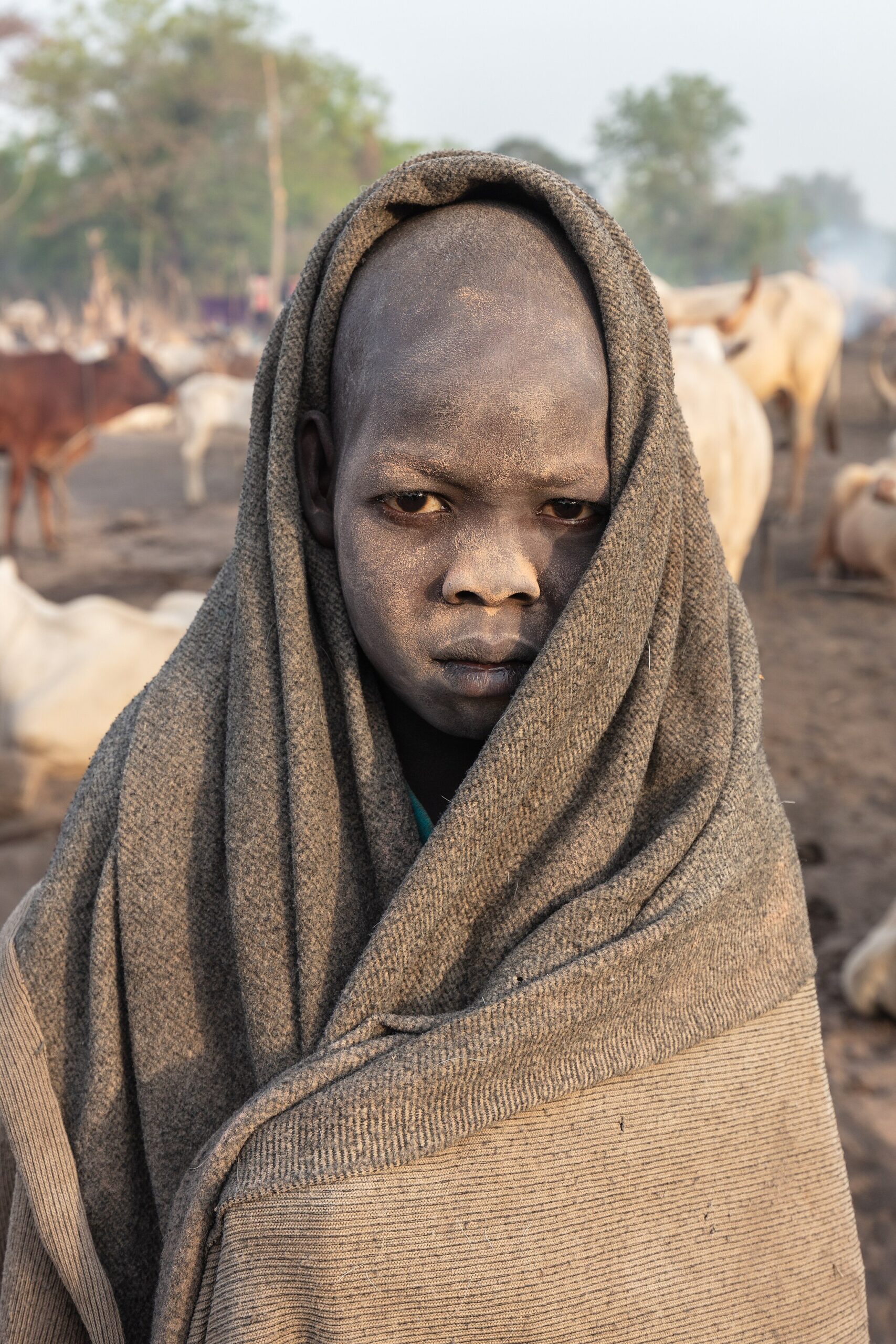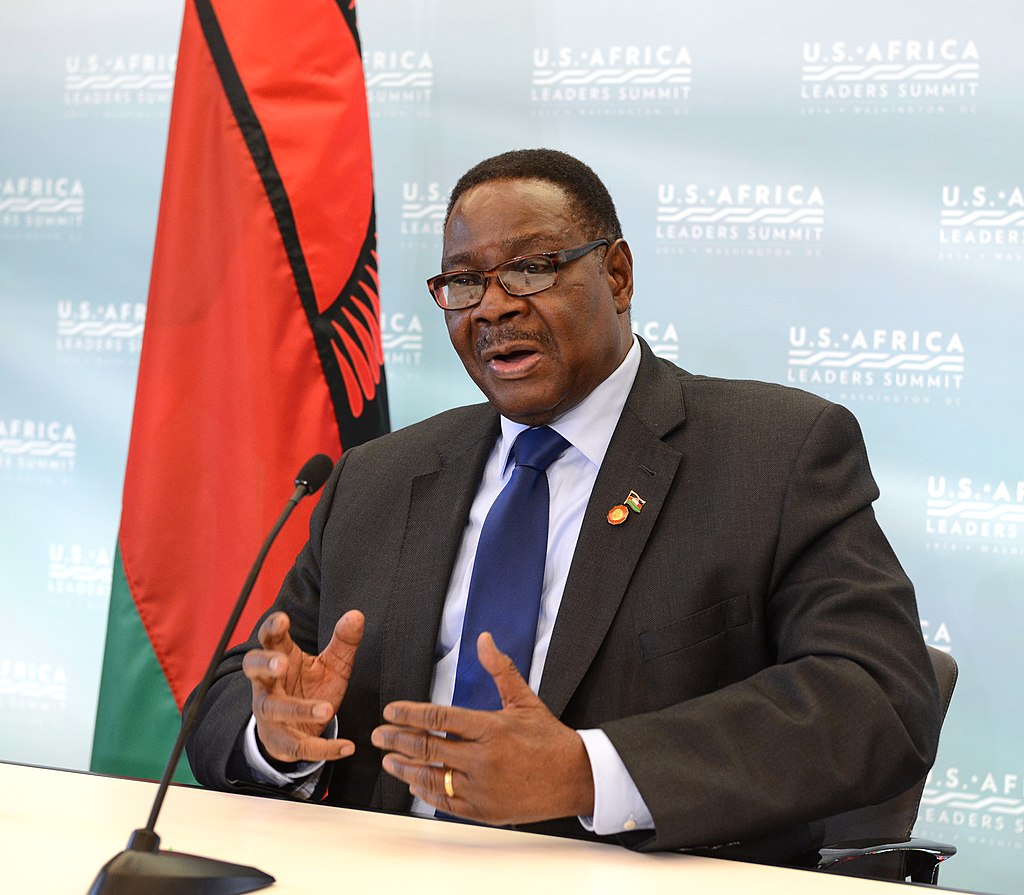When the African Growth and Opportunity Act (AGOA) expired this week, many African countries were left asking: what comes next?
AGOA, created by the United States in 2000, gave many African nations special access to the U.S. market. President George W. Bush, shown in the photograph signing the law, played a central role in carrying it forward and expanding its reach. Countries could sell textiles, farm products, and other goods without paying high tariffs. For 25 years, it helped Africa’s clothing and farming sectors grow, and it gave U.S. companies cheaper supplies. Kenya, Ethiopia, Lesotho, Ghana, and many others built jobs on this trade.
Now the deal is gone. Suddenly, African exporters face new costs to sell into the U.S. market. Factories in Nairobi that stitch clothes for U.S. stores may lay off workers. Cotton farmers in West Africa who hoped to expand their markets may find the doors closed. Development projects tied to this trade could lose funding.
The picture is larger than business. Africa is home to some of the fastest-growing populations on earth, but also some of the hungriest. Many families still struggle to afford even one proper meal a day. Trade deals like AGOA did not solve hunger, but they created income for workers and opened markets for African agriculture. Without such agreements, the risk is that hunger and unemployment deepen.
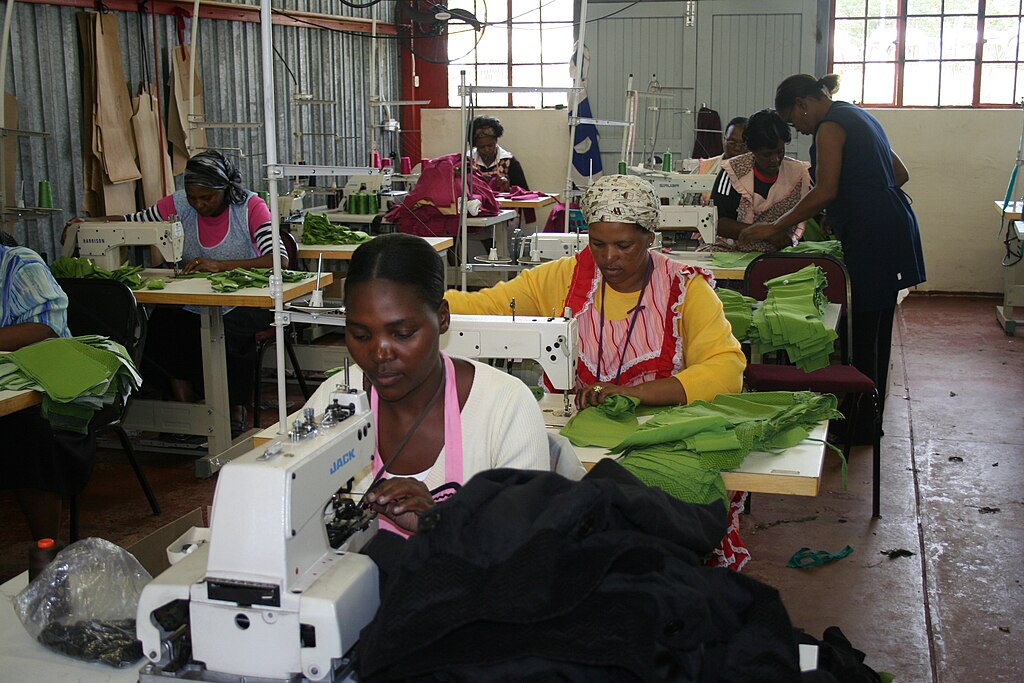
The United States also benefited. AGOA allowed American companies to import at lower cost and build supply chains in Africa. It also gave Washington a tool to strengthen political ties with African nations. In fact, AGOA was often described as a win-win: Africa gained jobs, America gained affordable goods and allies.
Photo attribution: Singhira, CC BY-SA 4.0 https://creativecommons.org/licenses/by-sa/4.0, via Wikimedia Commons
But with expiration, the debate is not just about trade. It is about fairness and history. Many of the same African countries that relied on AGOA are the same ones where millions of people were taken as slaves centuries ago, especially by the West and the United States. Today, these nations again stand at a crossroads shaped by outside powers. Should global trade be guided by responsibility to repair old wounds and support food security? Or should it follow only the logic of profit and competition?
There are strong voices on both sides. Some say Africa must learn to compete like every other region. Others argue that global powers, especially the United States, have a duty to support African growth so that families do not go hungry while the world benefits from their labor and land.
The lesson is simple. AGOA was never only about business. It linked trade with development, markets with food, and policy with everyday life. Its end forces both sides to face the larger picture.
So the question remains: who loses more when AGOA ends? Africa, with its jobs and farms. Or the United States, with its responsibility and its promise. (??)
Sources & Further Reading
- “African exports face immediate damage from lapse of US trade initiative,” Reuters
- “Thousands of jobs at risk in Africa as US trade deal expires,” AP News
- “Explainer: What does the expiry of a US trade deal mean for African economies,” Reuters
- “African Growth and Opportunity Act (AGOA), USTR” (official)
- “AGOA Forum 2024: Insights, economic benefits for Africa, and the road ahead,” Brookings
- “AGOA at a Crossroads,” Council on Foreign Relations
- “AGOA Expiration Threatens 25% Drop in African Exports to U.S.,” AInvest
- “AGOA renewal: Committing to trade and development in Africa,” IATP
- “Why Is Renewing AGOA Strategic for U.S.-Africa Minerals Diplomacy?,” CSIS
- “AGOA: The U.S.-Africa Trade Program,” CFR backgrounder
- “MCC and the African Growth & Opportunity Act (AGOA),” Millennium Challenge Corporation
- “Proposed legislation to renew,” Clifford Chance (PDF)
- “AGOA Ending without an Immediate Extension? What are the Potential Implications,” Australian Outlook / International Affairs
- Featured image attribution: United States Government-White House photo by Paul Morse, Public domain, via Wikimedia Commons
